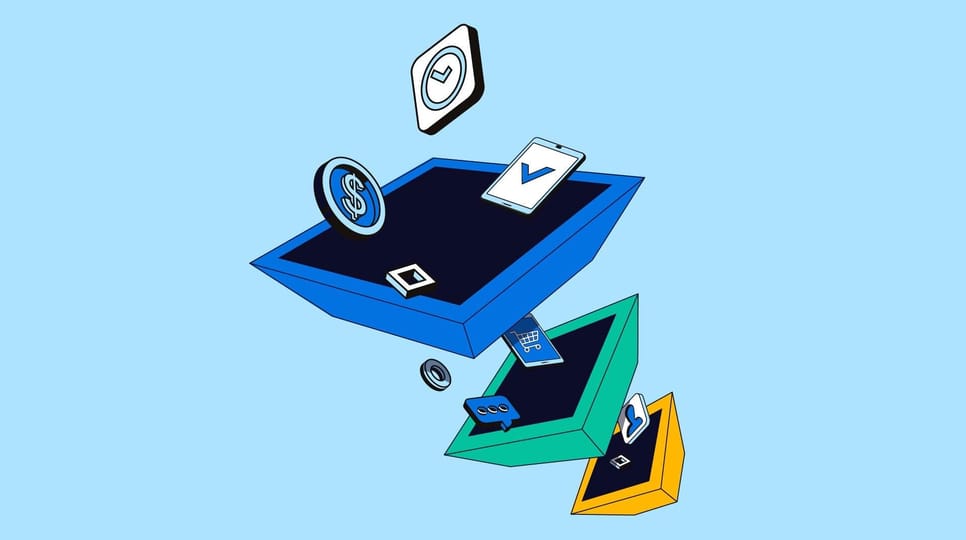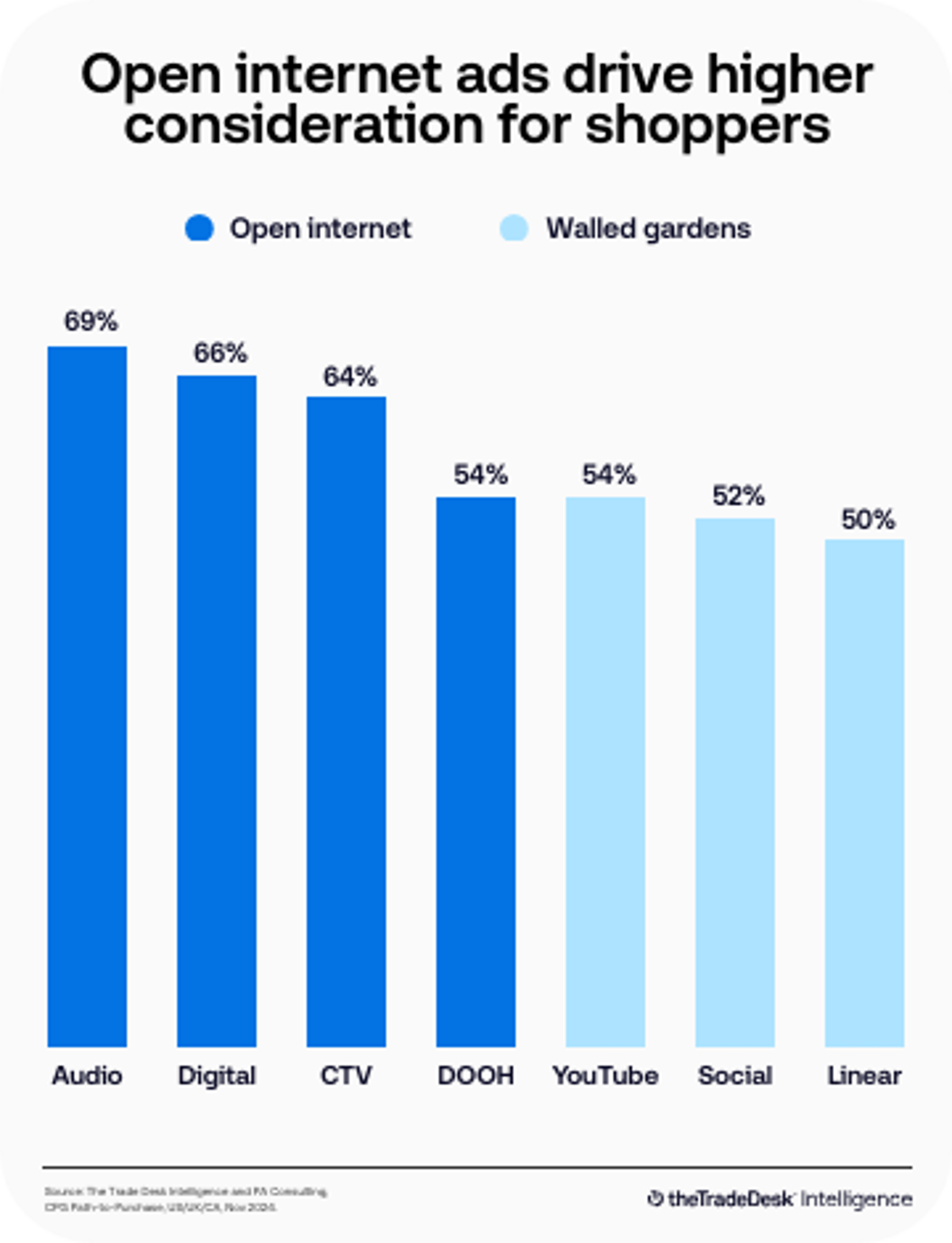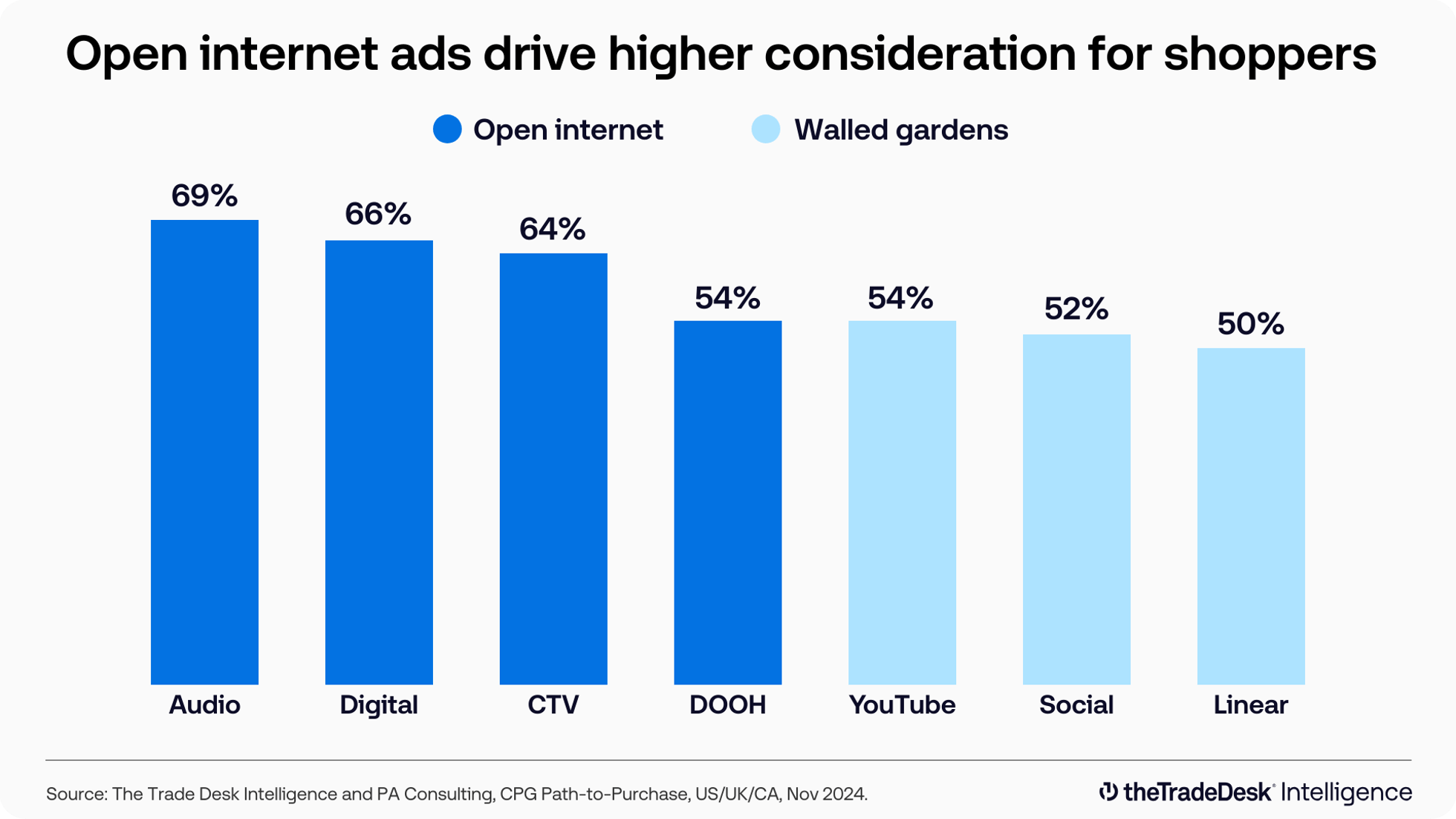Insights Our platform
New research uncovers a framework for driving performance with programmatic

Recruiting fraud is a growing issue for many companies.
The Trade Desk takes this issue seriously and is taking steps to address it.
Share:
A survey of 1,500 people across the U.K, U.S., and Canada sheds light on two very different types of personal-care consumers — habitual versus planned shoppers — and underscores how marketers can build strategies to reach them both. The study revealed that these shoppers view the open internet — including product review and comparison sites, beauty blogs, and video platforms — as a critical aid in deciding what to buy.
According to the findings, 61% of personal-care purchases are “habitual,” made quickly as part of a regular shopping routine. Habitual shoppers often:
Habitual shoppers typically buy when they run out of their regular product or see an appealing discount — think toothpaste, shampoo, and other hygiene products. About 66% of habitual shoppers buy something to restock or take advantage of a sale.1 If they do any research on the products they’re shopping for, it’s minimal. They often know what they’re looking for and tend to be more brand loyal.
“Planned” purchases — accounting for about 39% of transactions in the personal-care category — are much more deliberate.1 Before checking out, shoppers who plan ahead tend to:
Planned shoppers have a more diverse set of triggers for buying. Only about 26% of their purchases are driven by an interest to treat themselves or others.1 They’re frequently motivated by special occasions or the need to solve a specific issue (like a skin condition).
And they spend significantly more time in the consideration phase, actively researching online reviews, product comparisons, and testimonials. They’re more inclined to switch brands and often opt for higher-quality or premium-priced options.
Regardless of whether a shopper is habitual or planned, they spend more time on open internet destinations like beauty blogs and podcasts than in walled gardens (like social media platforms) when making personal-care decisions.1 For instance, 85% of habitual shoppers and 90% of planned shoppers stream audio weekly.


The open internet is particularly vital in the early stages — the trigger and consideration phases — of the personal-care shopping journey. Advertising on the open web during these stages is critical for brands, as personal-care shoppers primarily turn to the open internet for research, where ads are 1.2 times more effective than walled garden channels in prompting higher consideration.1
For example, CTV and digital display ads prompt consumers to conduct further research at rates significantly higher than traditional or social media platforms. Leveraging these channels effectively can help convert habitual shoppers into more engaged planned buyers.
To help navigate the habitual and planned divide, marketers can consider embracing an omnichannel strategy that delivers nuanced messaging aligned with each shopper’s mindset. Connected campaigns — which distribute ad frequency across multiple platforms like CTV, digital audio, and digital out-of-home — are demonstrably more effective and influential than traditional single-channel strategies.
Furthermore, a connected omnichannel campaign reduces consumer fatigue by 2.2 times compared to disconnected marketing strategies and drives deeper consumer engagement, with higher rates of attention, brand recall, and purchase intent.2
As our findings show, personal-care shoppers often make decisions about products early in their shopping journeys. Being present across different channels — especially on the open internet, where much of that research happens — can help shape shoppers’ choices from the start.
Sources:
1. The Trade Desk Intelligence and PA Consulting, CPG Path-to-Purchase, U.K., U.S., Canada, Nov. 2024. Base: Personal Care & Beauty Category, U.K., U.S., Canada (n=1500).
2. The Trade Desk Intelligence and PA Consulting, The Untapped Opportunity of Omnichannel, U.S. and UK., Oct. 2024.
Insights Our platform

Insights Data and measurement

Insights Omnichannel
